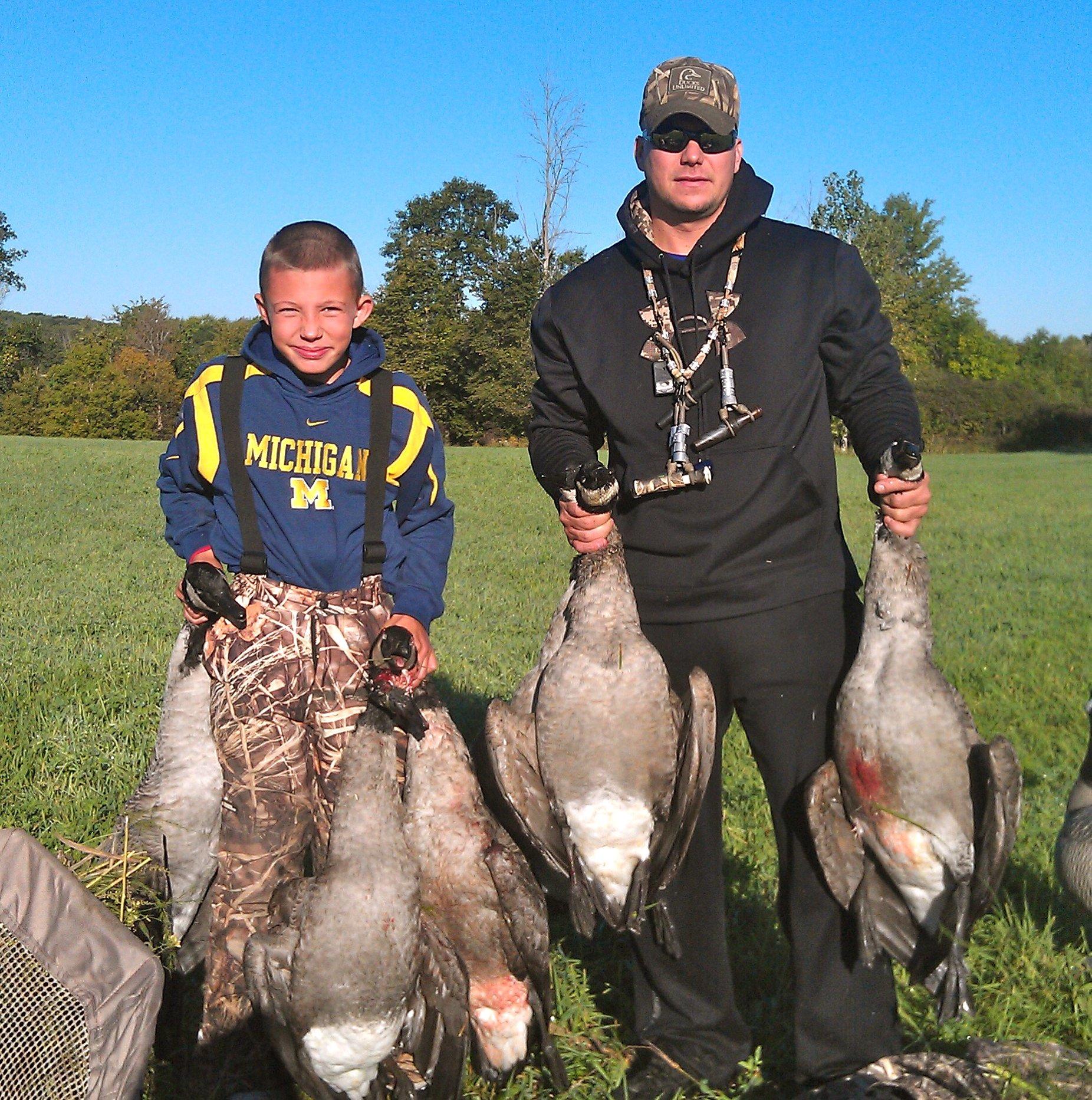Six Tips for Early Geese

As waterfowl hunting goes, early geese can be easy pickings. But they're no slam dunk. They're not dumb, they don't pattern worth a darn because there's food everywhere, and it's hot. Many of the bigger flocks spend 99 percent of their time on municipal water systems where the discharge of firearms is not permitted. Still, there are birds to be had, almost regardless of whether you're in Iowa or Idaho; you just have to be a little smarter than they are. So, here's Early Goose 101, for those who haven't had the pleasure yet:
- Load up on Therma-CELL units, extra butane canisters, and plenty of those funny little blue repellent-soaked mats. Get two or three of them; they are, I guarantee, the best $20 you'll ever spend at The Walmart.
- Learn to like yourself in camouflage shorts and a lightweight camo t-shirt. It's true; my legs look more like neon white drain clogs than they do lower appendages, but when it's a heat index of 90 at 6 in the morning - well, I don't reckon I really care what I look like.
- Scout. A lot. It's that simple. Early geese often have no pattern or routine. They don't fly much when it's that hot, and there's no need to search out specific food items when the grass they're sitting on at the city park all day will do just fine given their low caloric needs at this time of year. That said, look for a pasture pond or two outside city limits. Maybe there's a small group - say, 12 to 18 birds - that use it regularly as a daytime loafing area. Or find a fresh-cut winter wheat, rye, or barley field. Or a cornfield chopped for silage. Such food sources can offer early Canadas a break from their steady green grass diet, not to mention provide the potential for a combination mourning dove/goose hunt. Watch the birds leave the park or the golf course and follow them. It's really not rocket science.
- Leave the 100 full-body spread at home. Twenty full-bodies set in four or five small family groups should be more than sufficient. Or scrub up those silhouettes that have been gathering dust in the corner. No, these geese aren't dumb, but they - theoretically - haven't been hunted in several months, and it will take some time for them to become re-educated.
- Early season geese aren't contest calling geese. In fact, I've had championship callers tell me that less is definitely more during September. Cluck and moan. Cluck and moan, they say. A little bit of ground noise; maybe some louder honks to get their attention at first, but nothing resembling a 90-second stage routine. Soft and subtle is the key here.
- The early season exists as an effort to provide additional hunting opportunities while doing the resource and the habitat a service; namely, population reduction. So if you can, drop the adult birds first. Let's say you and a buddy have seven birds decoy into the pocket. Two are noticeably larger; better colored. Darker. The rest are smaller and gray. Young ones. Remove the leadership, and the troops become disorganized, often to circle back. Seven in, and seven down in two waves. Do I do it? Yes. Do I always feel good about it? I have a conscience. I'm a hunter. A predator. Not a cold-hearted killer. I do feel remorse for the lives I take; still, it is my role as predator, provider and consumptive user. And, those tender grey geese do taste awful good coming out of the smoker.







